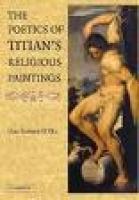
Una D'Elia
Professor and Graduate Chair
Department of Art History and Art Conservation
Research Interests
Italian Renaissance painting, sculpture, prints, and architecture, with a particular interest in the relationships between art and literature, the games people played in interpreting and misinterpreting images, and the ways in which images were used as an integral part of the lives of poor and wealthy men and women.
Biography
Una Roman D'Elia is a specialist and has published on Italian Renaissance painting, drawing, prints, sculpture, and architecture. She is particularly interested in the complex relationships between Renaissance literature and visual art. Her first book, The Poetics of Titian's Religious Paintings, explores Titian's relationships with writers, and how the painter and his literary friends negotiated the shifting boundaries of decorum during an age of religious and social change. She has also published an award-winning article on Michelangelo, as well articles on art as evidence, debased imagery, artistic speed, literary descriptions of paintings, and gigantic sculptures in villa gardens. Her most recent book, Raphael's Ostrich, examines the strange allegorical imagery of the sixteenth century, focusing on an improbable proliferation of images of ostriches. The book ranges from ancient Egypt to the end of the sixteenth century, exploring how by creating a naturalistic animal that evoked hidden knowledge -- a modern hieroglyph -- Raphael exposed the tensions around the issue of how the natural world is imbued with meaning, a question that came to a crisis with the rise of the foundations of both modern art history and natural history. Una D'Elia also edited a collection of essays on drawing in the Renaissance, in honour of her late colleague, Prof. David McTavish. She has been a fellow at Harvard University's Center for Italian Renaissance Studies in Florence, Villa I Tatti, and has won numerous grants and fellowships from such agencies as the Social Sciences and Humanities Research Council of Canada and the Kress Foundation. Una D'Elia's current research focuses on polychrome sculpture in fifteenth-century Tuscany, in particular on Donatello's colourful sculptures made of wood, plaster, stone, terracotta, and metal. Examining such objects as crucifixes with hinges in the shoulders, reliefs of the Madonna with holes for adding jewelry, and reliquary busts, she explores the ways in which coloured sculptures were treated as if they were living, speaking people. Read more about Professor D'Elia on the website, Researchers at Queen's University.
Courses Taught
- ARTH 120/1.0 - Art in the West from Antiquity to Modernity 2L;1T
- ARTH 245/1.0 - Art and Architecture in Venice
- ARTH 345*/0.5 - Italian Art of the High Renaissance 3L/S
- ARTH 347*/0.5 - Mannerism 3L/S
- ARTH 370*/0.5 - Architecture of the Baroque Period 3L
- ARTH 486*/0.5 - 16th-Century Painting in Venice 3S
Recent Publications
Renaissance Polychrome Sculpture in Tuscany, an open access database of images of and informationa bout over 350 objects, co-authored with Heather Merla, Rachel Boyd, and Claire Litt.
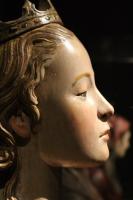
"The Color White in Fifteenth Century Tuscan Sculpture." In Making and Unmaking Sculpture in Fifteenth Century Italy, ed. Amy Bloch and Daniel Zolli, 41-63. Cambridge University Press, 2020.
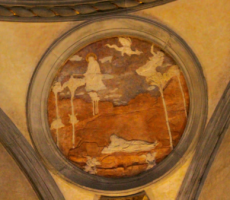
"How the Quattrocento Saw Ancient Sculpture in Color." Source: Notes in the History of Art 35, n. 3 (Spring 2016), 216-226.
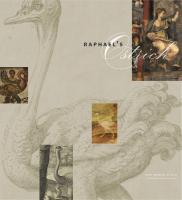
Raphael's Ostrich. Penn State University Press, 2015.

Editor of Rethinking Renaissance Drawings: Essays in Honour of David McTavish. McGill Queen's University Press, 2015.
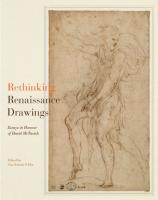
"Grotesque Painting and Painting as Grotesque in the Renaissance." Source: Notes in the History of Art 33, n. 2 (Winter 2014): 5-12.
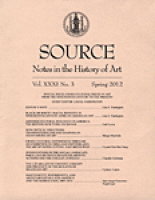
"Anatomizing Love, Vivisecting Cupid." In Essays in Honor of Joseph Connors, ed. Louis Waldman and Machtaelt Israels, 481-6. Harvard University Press, 2013.
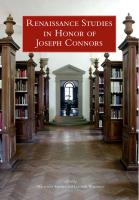
"Giambologna's giant and the cinquecento villa garden as a landscape of suffering." Journal of the History of Gardens and Designed Landscapes 31 (2011): 1-25.

"What Allegories Wear in Sixteenth Century Italy." In Unfolding the Textile Medium in Early Modern Art and Literature, ed. Tristan Weddigen. Imorde, 2010.
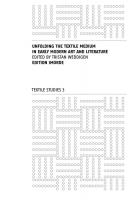
The Poetics of Titian's Religious Paintings
